The content of the article
The original spice of zira leaves no one indifferent. Moreover, two extremes are manifested - it can be loved, adding to almost all dishes, or categorically rejected. Such different opinions appear due to the unusual taste and pungent smell of spices. But still, Zira has a lot more fans. To prove this, one can cite the fact that once a wild plant is now cultivated, but in the wild it is almost absent.
Zira is very fond of a warm climate, therefore grows more often in Latin America, Syria, Iran. Egypt and India argue on whose territory this plant appeared earlier, but gourmets believe that the main thing is that this spice exists, giving them real pleasure.
For zira, they came up with several more names: cumin, caraway - Roman or Indian, since it remotely resembles caraway in terms of taste. The plant belongs to the genus Umbrella, its seeds are collected in small umbrellas. It is necessary to collect the seeds unripe, as in dry form they fall too quickly on the ground.
Varieties
People use several types of zira, which have some distinctive features:
- Black look - smaller, has a tart, almost bitter taste and a pronounced smell. It takes much less time to fry it. There is a very rare species - bunium.
- White look - with a delicate taste that combines sweetness and pungency, and the aroma resembles a nut seasoning. It is most used in cooking.
Important! It should be borne in mind that long storage negatively affects the taste: there is an unpleasant bitterness, especially if the seeds were in a ground state.
Cooking Application
In cooking, cumin is very much in demand as a spice in the preparation of almost all dishes:
- first and second;
- from fish and meat;
- from vegetables;
- dessert and bakery;
- sour milk;
- pickled, salted and pickled;
- subjected to heat treatment.
Use zira along with other plants, creating colorful seasonings that significantly enhance the taste of various dishes.
It harmoniously combines with hot pepper, coriander, barberry, basil, marjoram and many other aromatic herbs. Thanks to the large variety of combinations, you can endlessly experiment, adding a new mixture of spices. But you need to do this carefully, as some herbs may not combine and spoil the taste of the dish.
Zira - all secrets are revealed!
If the seeds are ground, you can perform this procedure depending on further use - small or large:
- To make the spice large, you can place the seeds of zira in a container with a round bottom and use a wooden crush. It should be ensured that the mixture is of uniform grain size.
- Fine grinding is obtained when a special mill is used.
Often, ground zira is used for those dishes that have not undergone heat treatment, for example, salads, snacks, pastes.
To properly fry cumin, enhancing the taste and aroma, certain conditions are met:
- The fire on the stove should be very small, it is better to choose a large diameter pan. Keep on fire until a light aroma begins to be felt.
- If you want to treat cumin in the oven, you need to wrap the spice in paper intended for baking, and then be sure to foil. The oven must first be heated to 300 - 325 degrees, not more. Keep the cumin in the oven should be a little - up to 10-15 minutes.
Buying Tips
- When buying a cumin, you need to check that the packaging is tight, without damage.
- If spice is purchased by weight, you should pay attention to the integrity of the grains, which should be round, without halves, of the same color.
- The aroma should not be very pronounced, pleasant.
Storage
Keeping this spice is best done separately from others. And always - only in tightly closed opaque containers. For example, from dark glass, in porcelain or ceramic dishes.
Zira, once in the kitchen as a spice, does not recognize sunlight, high humidity and excessive heat, she can also absorb extraneous odors and fumes, which significantly violates her taste.
Culinary experts advise not to pour zira from the stored container into a pot with a boiling dish, since the spice immediately begins to absorb moisture intensely, and during this process its quality decreases.
What has nature endowed with this spice?
But not only chefs use cumin so that the dishes turn out to be much tastier and more appetizing. From a medical point of view, spice is of great benefit to the body. And all because it contains those substances that support the body, stimulating many important processes. In seeds, scientists found:
- Essential oil. It creates concentrations in the urine that help provide an antibiotic effect if an infection enters the urinary tract.
- Cumin aldehyde. Used in the perfume industry
- Thymol. Effective in the fight against helminthiasis as an antiseptic.
- Alpha, beta-pinene. Fragrant substances.
- Zinc. Helps the normal functioning of lymphoid and connective tissues, protects articular tissues, protects the liver from toxins.
- Selenium. Strengthens defenses against infectious, colds and oncological diseases, as it stimulates the formation of antibodies. Most of this element in men is located in the testicles - in the seminiferous tubules, active sexual life depends on their number.
- Copper. It takes part in hematopoiesis, is an integral part of many enzymes.
- Manganese. It has a positive effect on the heart artery and prevents pathologies of carbohydrate and lipid metabolism.
- Iron. This substance is included in the composition of enzymes that carry out redox processes.
- Phosphorus. The state of bone tissue depends on its presence. Thanks to this element, zira belongs to aphrodisiacs.
- Sodium. It takes part in biochemical reactions and water metabolism.
- Magnesium. Reduces pressure, helps metabolic reactions occur.
- Calcium. Able to enhance the activity of enzymes of the stomach and pancreas.
- Potassium. With its help, the spent fluid is removed from the body, the correct alkaline balance of the blood occurs, the heart rate is regulated. Also involved in the processes that are responsible for the transmission of nerve impulses.
- Alimentary fiber. Reduce the risk of bowel cancer.
Vitamins
- B1 - helps the implementation of carbohydrate metabolism, is involved in the production of hydrochloric acid and the formation of blood cells, enhances energy and helps a person concentrate.
- B6 - is involved in many processes, first of all, helping the absorption of fats and proteins. It produces hydrochloric acid. It acts as an important component of the nervous system.For women, it is very important because it reduces the negative symptoms of premenstrual syndrome.
- B12 - positively affects the digestion process, participates in the synthesis of proteins, forms cells and makes them resistant to the negative effects of the external environment, prevents anemia.
- C - significantly increases defenses, restores tissues, provides gum health, increases the rapid healing of wounds.
- E - restores tissue and lowers blood pressure, prevents cataracts and vascular diseases.
- K - improves blood coagulation, does not allow small vessels to rupture, increases the motility of the stomach and intestines, supports the liver and heart.
Zira from a medical point of view
The composition of such useful substances helps the Zira maintain immunity, normalize digestion and be a prophylactic if cardiac, circulatory and respiratory systems are threatened.
- Zira is used if intestinal cramps occur, it is required to cleanse the body of toxins and toxins.
- Zira included in the diet helps to influence the composition of the blood, improving it, which is especially important for those who suffer from anemia or thrombophlebitis.
- Zira cleans the airways, especially with severe coughing.
- Cumin also acts favorably on the nervous system, helping to recover after prolonged stress and anxiety.
Recipes
To enhance brain activity, improve memory, a drink that is prepared by taking:
- Cumin - 1 teaspoon.
- Honey - 1 tablespoon.
Drinking a weak broth certified from zira seeds can prevent some eye diseases. Decoctions help women during lactation, when a large amount of breast milk is needed. You will need zira powder and the same amount of sugar, or a decoction made from seeds and water or milk, which should be divided into three doses per day.
In the first months of pregnancy, if toxicosis continues, such a remedy saves: a teaspoon of seeds is brewed with boiling water - 200 g. This recipe is also useful for those who often experience nausea and vomiting.
If it is necessary to use cumin as a mild laxative or diuretic, a rather saturated drink is prepared - an incomplete tablespoon of zira is taken in a glass of boiling water. A more effective remedy will be if you add fennel or coriander to it. In this case, the broth will give energy, cheer up and contribute to better digestion.
Zira as an excellent beautician and antiseptic
Beauticians also use zira, or rather, its essential oil. He has such positive qualities:
- cleanses the skin, removing inflammatory processes, rashes;
- It is an excellent tonic;
- has whitening properties, making invisible freckles and age spots;
- can serve as a deodorant;
- differs in anti-cellulite effect;
- removes dandruff and strengthens hair;
- the chest makes it firmer.
Cumin has established itself as an antiseptic. Acne and rash, small abscesses, wounds and cuts can be treated with cumin seeds, applying compresses or applied directly to painful areas.
Is Zira harmful?
Given that zira has medicinal properties, it is necessary to reduce its use in the diet for people suffering from inflammation of the gastric mucosa, gastric ulcer or duodenal ulcer. After using the product, the acidity level may increase.
Zira has a high calorie content, it can increase appetite, therefore, people who are overweight, it is better not to include it in the menu.
Video: the benefits and harms of zira

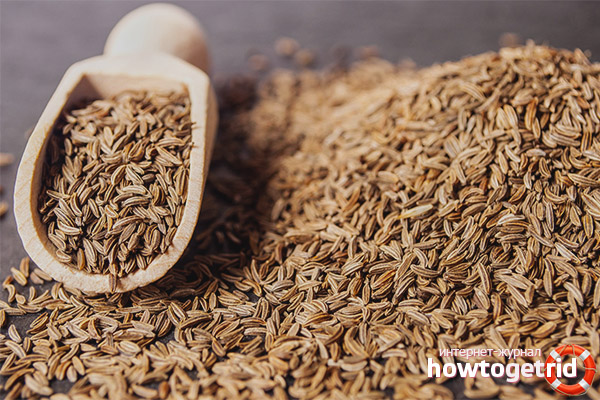
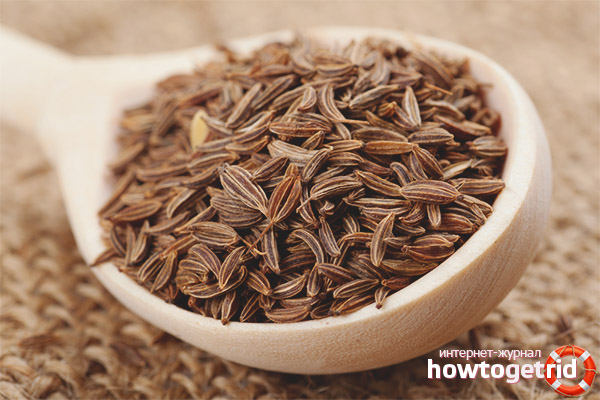
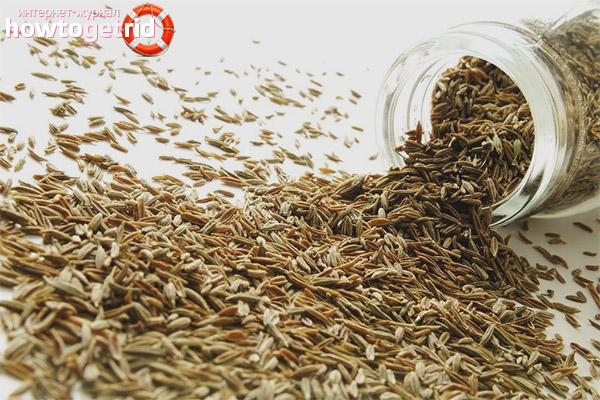
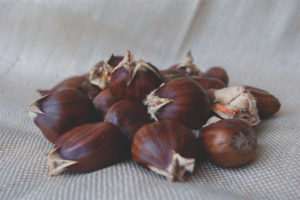
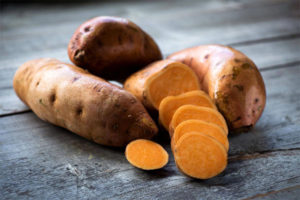
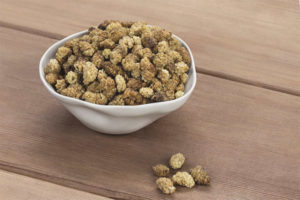



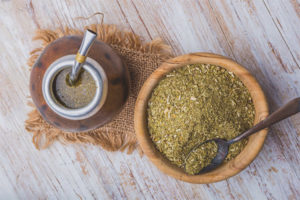
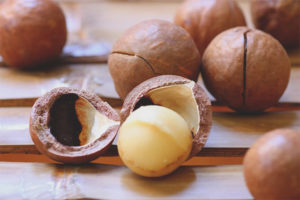
Submit